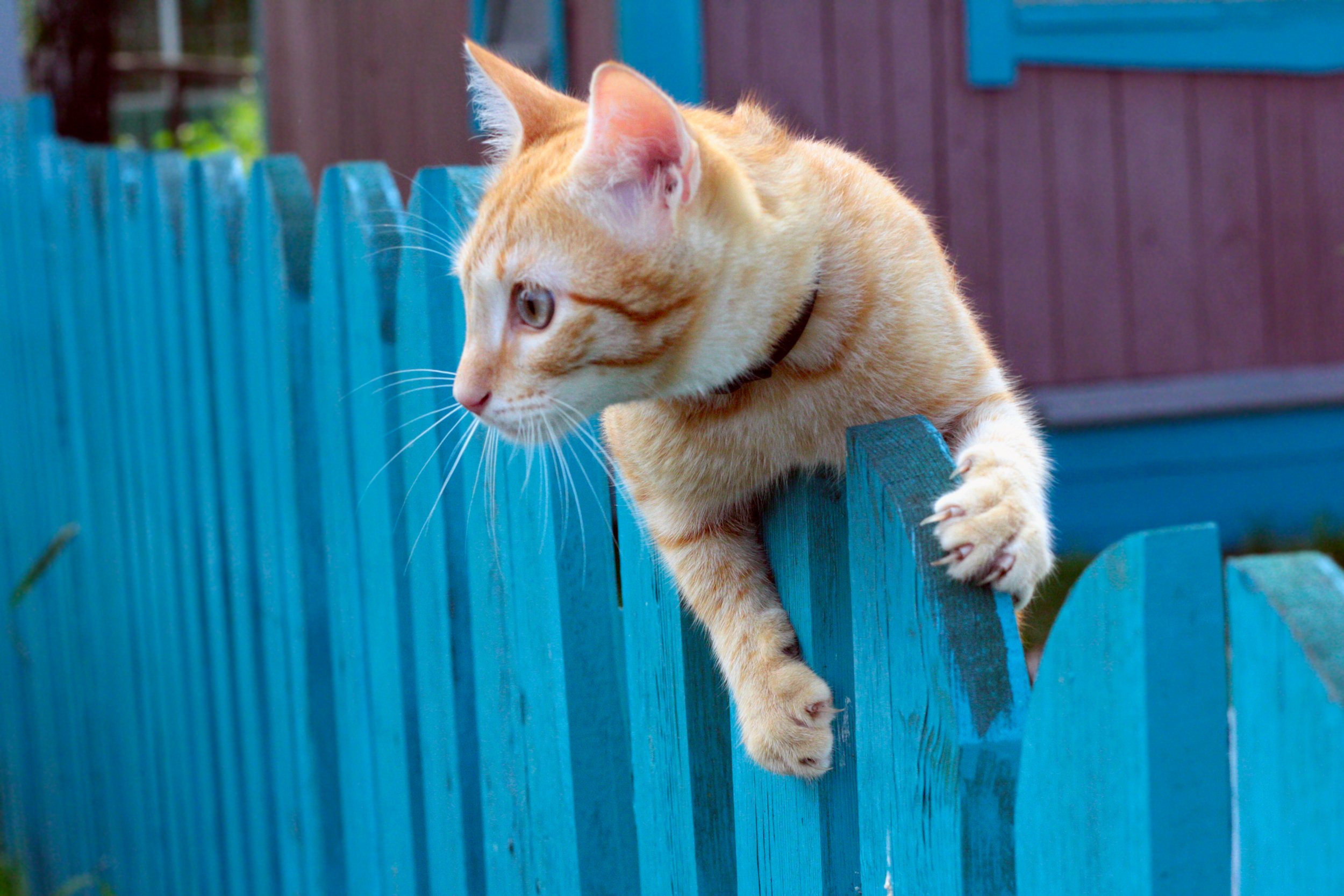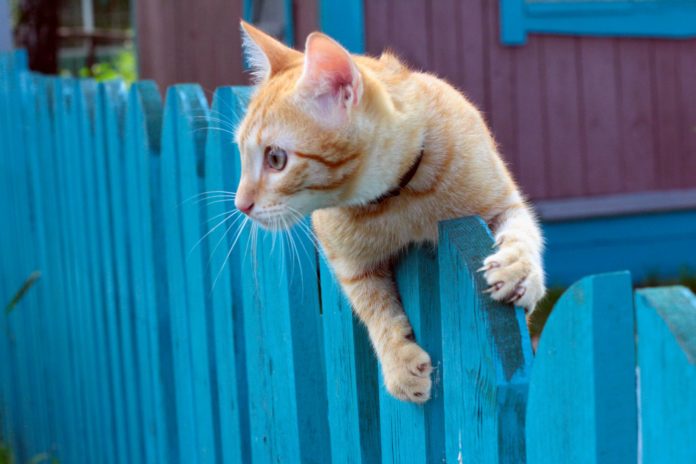belovodchenkok|Deposit Photos

Cats do an amazing job landing on their feet, but only when they have time to re-orient themselves. Cats in free fall immediately go about righting themselves in a race against the clock. In other words, if the fall is high enough, they may have time to get upright. Cats right themselves from front to back, righting the head and front feet then the back feet.
Cats are able to rotate their supple spines more than many other animals and can twist their bodies to a much greater extent. Cats’ vertebrae are flexibly connected and have especially elastic cushioning disks between them. This spine allows cats to perform their elegant and graceful acrobatic feats.
However, they do get injured and, of course, the higher the drop, the higher the chance of them getting hurt. One study that analyzed data from incidents of cats falling found 90 percent of cats studied suffered chest trauma, including dangerous bruises on their lungs or a collapsed lung. Some cats suffered facial trauma (57 percent), broken limbs (39 percent), and dental fractures (17 percent), among other injuries. Nearly four in 10 needed emergency life-sustaining treatment. Any cat who has sustained a fall from a high perch should be examined by a veterinarian.




